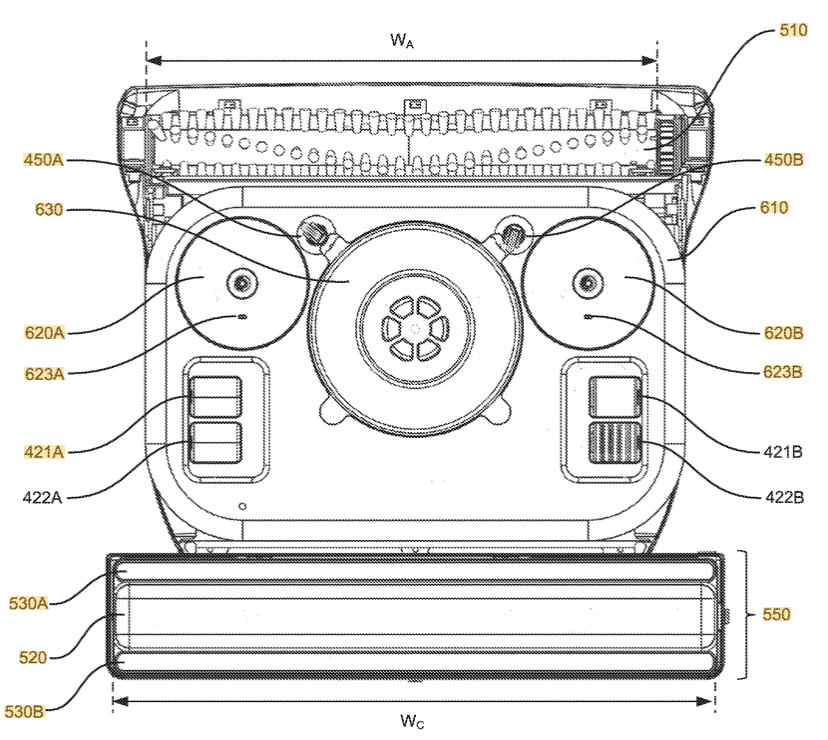TODAY’S PATENT – CABLE TIE
The CABLE TIE was invented by Robert Baird Watson (Pakenham) on the 2nd of July 2013, bearing patent number US8474104B2.
The present invention relates to a binding head, a binding arrangement and an improved cable tie that can be formed using the binding head and the binding arrangement. The invention is particularly applicable in relation to cable tie type devices and it will be convenient to hereinafter disclose the invention in relation to that exemplary application. However, it is to be appreciated that the invention is not limited to that application and could be used to in relation to other similar fastening or binding arrangements.
Cable ties are traditionally used to bind together at least two items such as cables or wires. A typical cable tie includes a fastening head attached to one end of an elongate member, typically in the form of a strap. The strap can be wrapped around at least two items and then its free “fastening” end can be pulled through and fastened within the fastening head, securing the cable tie around the items. The strap and the fastening head are locked together using a cooperating uni-directional fastening arrangement. Accordingly, a user can wrap the strap portion of the cable tie around the items, insert the fastening end of the strap into and through the fastening head, and pull the strap tight around the cables to bind the items together. An excess portion of the strap not wrapped around the cables can then cut off and discarded.





 +1 888 890 6411
+1 888 890 6411